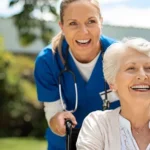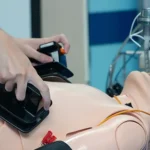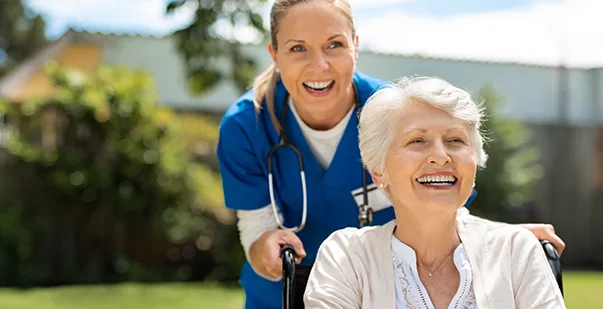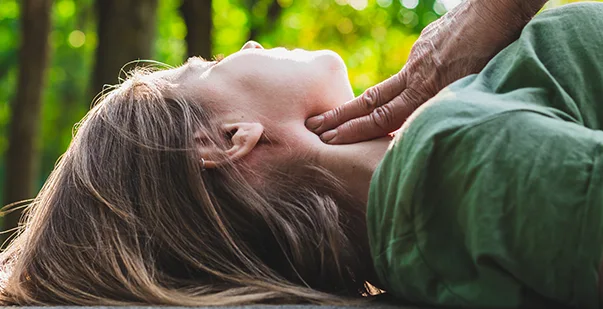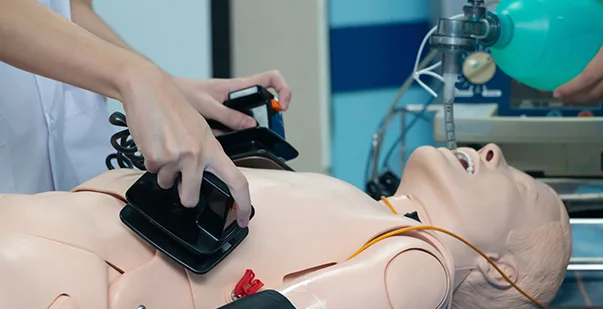Heart attacks can be unpredictable. Sometimes, the symptoms of heart attack aren’t as apparent as we might think. Understanding these hidden signs allows you to act quickly and potentially save a life. In this blog post, we will discuss some common invisible symptoms of a heart attack and provide essential tips on administering first aid in such a critical situation.
Learning CPR is the best form of help you can provide to someone suffering from heart attack. In just three easy steps, you can obtain your CPR certification with American HealthCare Academy. We teach CPR techniques and equip you with the knowledge of using an automated external defibrillator (AED) device. Our CPR online certification is super flexible, affordable and can be done by anyone who believes in helping people and community. Don’t wait any longer and become CPR certified and gain the confidence to save lives.
Explaining a heart attack
A heart attack is a serious health problem that happens when your heart does not get enough blood and oxygen. Your heart pumps blood to your body. It needs oxygen to work well. Sometimes, the blood vessels that bring blood and oxygen to your heart get blocked by fat and cholesterol. This can cause a blood clot that stops the blood flow to your heart. When this happens, your heart muscle can get damaged or die. This is called a heart attack.
Hidden signs of a heart attack
Some people have signs that they are having a heart attack. They may feel pain or pressure in their chest, shortness of breath, sweating, nausea, or pain in their arms, neck, jaw, or back. But some people do not have these signs. They have what is called a silent heart attack. A silent heart attack is when you have a heart attack without feeling any symptoms. You may not even know you had a heart attack until later, when you see a doctor for other problems.
A silent heart attack can be very dangerous. It can damage your heart and increase your risk of having another heart attack or other heart problems. That is why it is important to know the risk factors for a silent heart attack and how to prevent it. Some of the risk factors are:
– Diabetes
– Blood pressure
– High cholesterol
– Smoking
– Being overweight or obese
– Family history of any heart disease
To prevent a silent heart attack, you should:
– See your doctor regularly and check your blood pressure, cholesterol, and blood sugar levels
– Take your medicines as advised by your doctor
– Quit smoking if you smoke
– Make healthy food choices that are low in salt, sugar and fat
– Exercise regularly and stay active
– Manage your stress and relax
– Call 911 pronto when you or someone else is having a heart attack
Another way to prevent a silent heart attack is to learn how to do CPR (cardiopulmonary resuscitation). CPR is a life-saving technique that can help someone who is having a heart attack or has stopped breathing. CPR can keep the blood flowing to the brain and other organs until help arrives.
Save lives with a CPR certification American HealthCare Academy and its courses for bystanders
You can learn how to do CPR online with the American HealthCare Academy. The American HealthCare Academy offers online CPR certification courses for bystanders who want to help someone in an emergency. The courses are easy, fast, and affordable. You can learn CPR at your own pace and get certified in less than an hour.
By taking an online CPR certification course with the American HealthCare Academy, you can save lives and make a difference in your community. You never know when you might need to use CPR on someone you love or someone you meet.
Conclusion
A silent heart attack is a serious health problem that can damage your heart and increase your risk of having another heart attack or other heart problems. You can prevent a silent heart attack by knowing the risk factors, seeing your doctor regularly, taking care of your health, and learning how to do CPR online with the American HealthCare Academy. By doing these things, you can protect your heart and help others in need.

